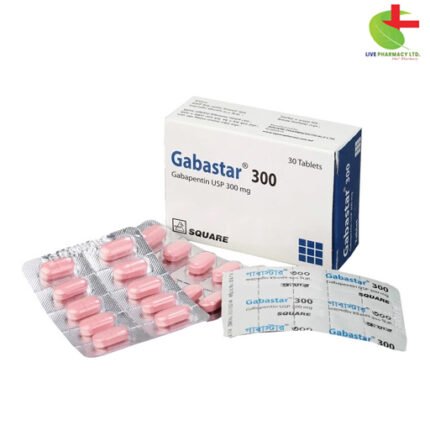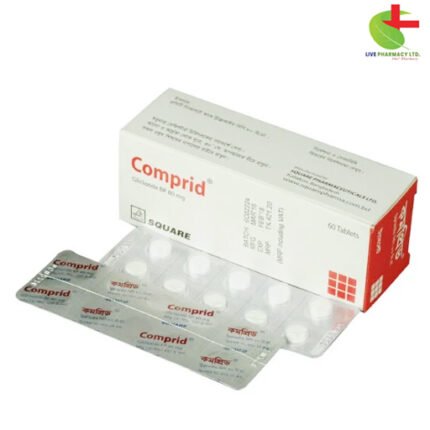Facticin 320
65.19৳ Pcs
- Facticin: A potent antibiotic medication for bacterial infections in adults.
- Treats acute bacterial exacerbation of chronic bronchitis and community-acquired pneumonia.
- Active ingredient Gemifloxacin inhibits bacterial DNA synthesis for rapid relief.
- Precise dosing instructions ensure optimal treatment outcomes.
- Trust Facticin for reliable medication solutions.
 Brand
Brand
|
Square Pharmaceuticals PLC |
|---|---|
 Generics
Generics
|
Gemifloxacin |
Indications
Facticin treats bacterial infections in adults, including:
- Acute bacterial exacerbation of chronic bronchitis caused by Streptococcus pneumoniae, Haemophilus influenzae, Haemophilus parainfluenzae, or Moraxella catarrhalis.
- Community-acquired pneumonia (mild to moderate severity) caused by Streptococcus pneumoniae (including multi-drug resistant strains), Haemophilus influenzae, Moraxella catarrhalis, Mycoplasma pneumoniae, Chlamydia pneumoniae, or Klebsiella pneumoniae.
Pharmacology
Gemifloxacin, a fluoroquinolone antibiotic, inhibits DNA synthesis by targeting bacterial type II topoisomerases, DNA gyrase, and/or topoisomerase IV (TOPO IV). This action is essential for bacterial growth. Gemifloxacin is rapidly absorbed orally, distributed throughout the body, and effectively reaches target tissues and fluids such as the lung and nasal secretions.
Dosage & Administration
For acute bacterial exacerbation of chronic bronchitis: Take 320 mg once daily for 5 days. For community-acquired pneumonia:
- If caused by known or suspected S. pneumoniae, H. influenzae, M. pneumoniae, or C. pneumoniae infection: Take one 320 mg tablet daily for 5 days.
- If caused by known or suspected multi-drug resistant S. pneumoniae, K. pneumoniae, or M. catarrhalis infection: Take one 320 mg tablet daily for 7 days.
- Follow medical advice when using medication.
Interactions
Avoid concurrent administration with aluminum or magnesium-containing antacids, iron salts, or sucralfate. Take Facticin at least 2 hours before or 3 hours after these agents. No significant interactions have been noted with omeprazole, theophylline, digoxin, warfarin, or oral contraceptives.
Contraindications
Do not use if allergic to Gemifloxacin or other quinolones, or if there’s a history of tendon damage with fluoroquinolones. Not suitable for children under 18.
Side Effects
Common adverse events include abdominal pain, diarrhea, headache, nausea, rash, and vomiting. Infrequent side effects may include fungal overgrowth, dizziness, insomnia, urticaria, pruritus, and skin rash.
Pregnancy & Lactation
Avoid use in pregnant or lactating women due to lack of established safety and efficacy.
Precautions & Warnings
Adjust dosage for severe renal impairment. Maintain hydration to prevent crystalluria. Discontinue if tendinitis suspected. Caution in patients predisposed to QTc interval prolongation or with epilepsy.
Use in Special Populations
No dose adjustment needed for elderly patients. See dosage guidelines for renal impairment. No dose adjustment needed for hepatic impairment.
Overdose Effects
No specific antidote. Symptomatic treatment recommended. Maintain hydration.
Therapeutic Class
4-Quinolone preparations
Storage Conditions
Store below 30°C, away from light and moisture. Keep out of reach of children.













Reviews
There are no reviews yet.